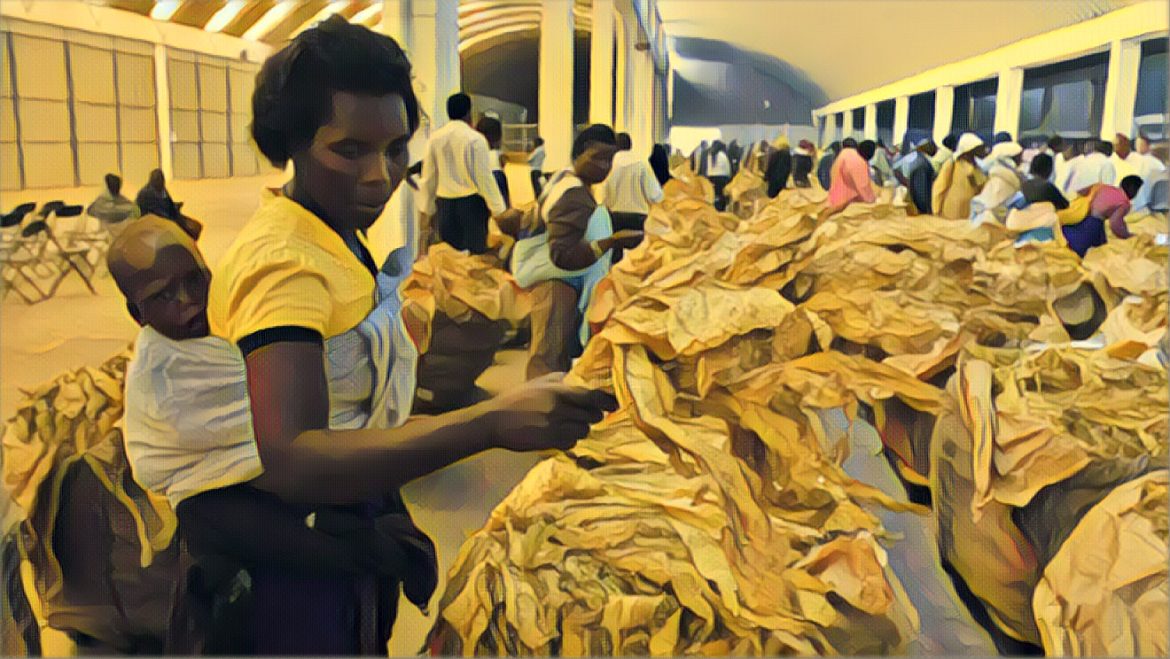Zimbabwe’s tobacco exports have surpassed US$1 billion for the first time in history, according to the latest figures from the Tobacco Industry and Marketing Board (TIMB). This is a 29.2% increase from the same period last year when the country earned US$753.1 million from selling 157.9 million kilograms of the golden leaf.
Tobacco is the country’s largest agricultural commodity export earner, accounting for about 10% of the gross domestic product and 25% of the foreign currency earnings. The crop is mainly grown by small-scale farmers, who rely on contract arrangements with foreign investors and agents. These contractors provide inputs, technical support, and market access to the growers, who in turn deliver their produce to them.
The TIMB reported that as of November 10, 2023, Zimbabwe had exported 202.7 million kilograms of tobacco to various destinations, with an average price of US$5.25 per kilogram. The Far East was the top market, consuming 94.9 million kilograms worth US$682.3 million, followed by Africa, which bought 37.1 million kilograms valued at US$127.3 million. Other markets included the European Union, the Middle East, Europe, and the Americas.
The impressive performance of the tobacco sector comes amid climate challenges that have affected the country’s food security and energy supply. Zimbabwe has experienced recurrent droughts, floods, heatwaves, and pest outbreaks in recent years, which have reduced crop yields and hydroelectric power generation. The World Meteorological Organisation (WMO) has warned that the El Nino weather phenomenon, which causes dry conditions in Southern Africa, is likely to return in 2023.
To cope with the climate risks, tobacco farmers have adopted various adaptation strategies, such as digging holes between the ridges to trap water, using drought-tolerant varieties, and practising conservation agriculture. The government and other stakeholders have also implemented the Tobacco Value Chain Transformation Plan, which aims to create a US$5 billion industry by 2025 through increasing production, value addition, and diversification.
However, some challenges remain, such as the prevalence of bogus farmers who obtain grower numbers and engage in side-marketing, depriving the country of millions of dollars in revenue. The TIMB has urged the use of geo-fencing technology to verify the location and size of the farms and to improve the database of contracted growers. The board has also called for more investment in irrigation, curing facilities, and research and development to enhance the quality and competitiveness of Zimbabwe’s tobacco.
Despite the uncertainties posed by the climate crisis, Zimbabwe’s tobacco industry has shown resilience and optimism, contributing to the country’s economic recovery and social development. With more support and innovation, the sector can achieve its vision of becoming a global leader in tobacco production and processing.
Source: The Herald


